Interesting uses of wild leek
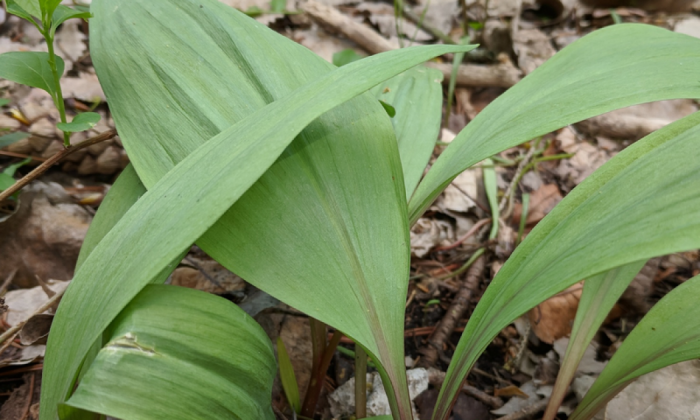
Wild leek or ramps (Allium tricoccum) comes from North America. You can find it mainly in the eastern part of the American continent – both in Canada and in the United States. Leaves of wild leek resemble lily of the valley or wild garlic leaves. They are delicate, broad and have a thin, leek-like stalk that turns into an inconspicuous bulb. Leaves are green and the stem may be white or pink. It has edible roots.
What about the taste?
The taste of wild leek is spicy, something between onion and garlic and it has a woody, pungent smell. You can eat the entire plant, including the roots. Underground bulbs grow until summer and you may harvest them in autumn. Leaves turn into flowers and seeds in autumn. Aging stems contain small spherical black seeds.
Photo: Commons.wikimedia.org
Allium tricoccum
It is a flowering perennial plant that grows in clusters. It belongs to the Allium family, which also includes regular garlic, onion or even leek. All members of the Allium family produce underground bulbs and regular above-ground stems. Each plant also produces flowers of different colours depending on the species you have. Allium family is one of the most important families that we grow for food as it contains at least 700 different species, even though only a small percentage are cultivated as a crop on an industrial scale.
Nutritional value
Wild leek contains plenty of a powerful antioxidants such as vitamin C and A. These are essential for proper development of teeth, bones and skin. Like leeks and onions, it is also a good source of the mineral chromium, which is known to help metabolize fats. It also contains a trace of mineral selenium, which has been found to potentially reduce the risk of prostate cancer.
Wild leek in the kitchen
Wild leak is a delicacy. Its fine shape and texture, together with its distinctive taste, makes it a universal ingredient that is used in many foods, both fresh and cooked dishes. You may also use it as a substitute for regular garlic or onion especially, if you want a milder taste (for example for children). You may cut it into thin slices and serve it raw in salads or as a garnish. However, if you fry it briefly, you get an additional flavour. Wide leek goes best with other spring plants, such as sweet peas, young lettuce, radishes or even citrus fruits. You can use it in sauces, pastas, soups, risottos or on pizzas. It also works very well with eggs, poultry, potatoes and cheeses. Other spices frequently used with wild leek include fennel, basil, mint and coriander.
Preview photo: Commons.wikimedia.org

Gardening is my hobby, I have a lot of experience and I am happy to share it.
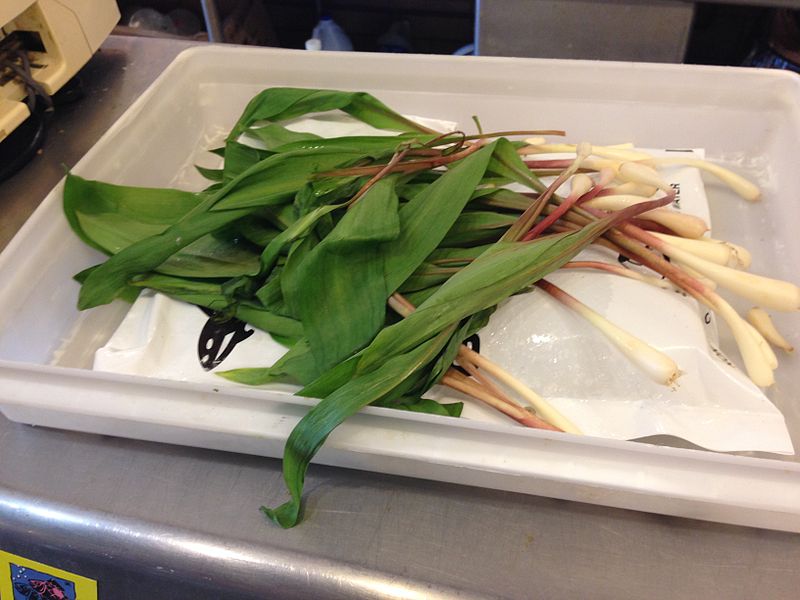


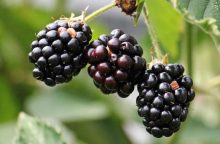



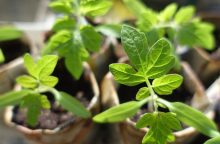
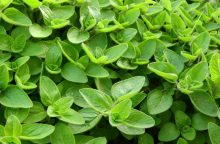
0 comments